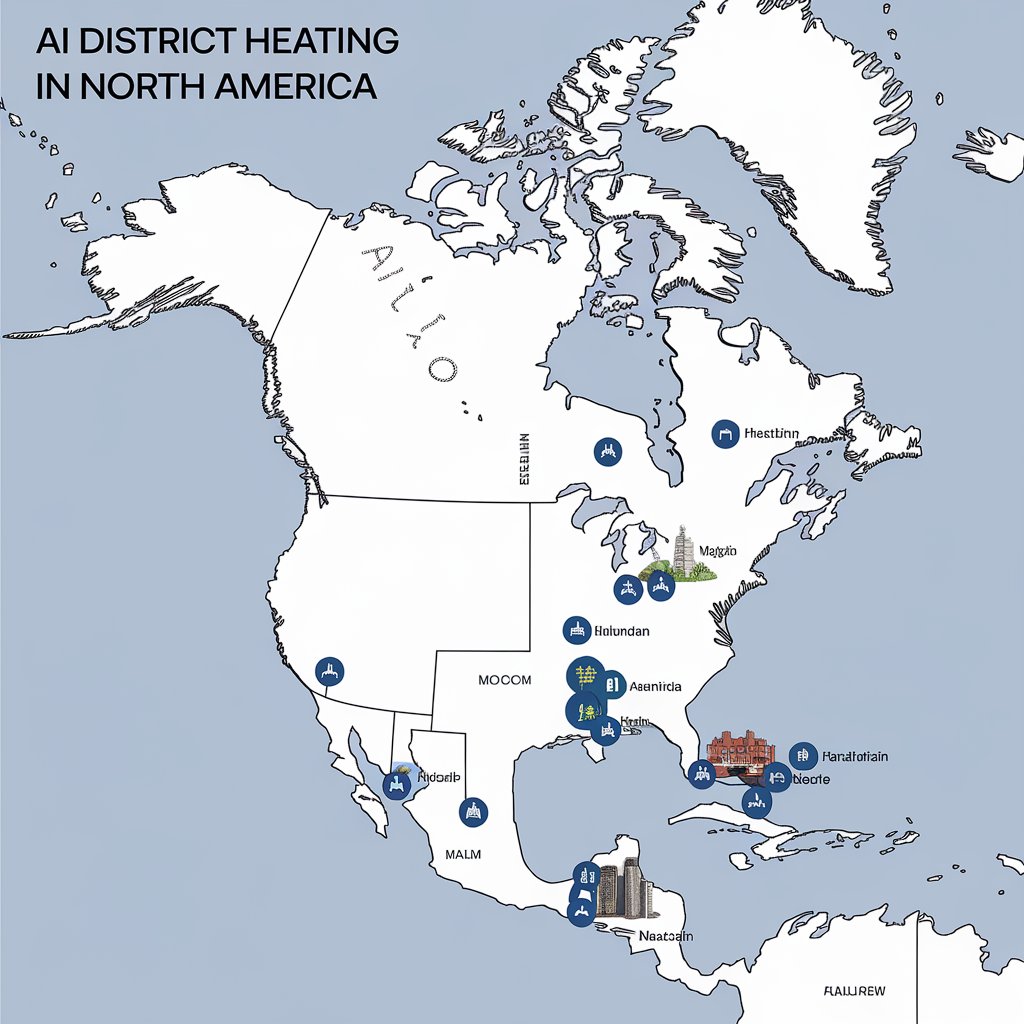District heating systems, a sustainable method of supplying heat to multiple buildings through centralized production, are being revolutionized by artificial intelligence (AI). In North America, the integration of AI into district heating systems is redefining how energy is managed, distributed, and consumed. This shift is particularly vital as the region strives to meet ambitious sustainability and energy efficiency targets.
Top Compabies District Heating – Key Market Players
The district heating companies is dominated by players such as
Fortum (Finland), Vattenfall (Sweden), ENGIE (France), Danfoss (Denmark) and Statkraft (Norway), LOGSTOR Denmark Holding ApS (Denmark), Vital Energi (UK), kelag energie & wärme (Austria) and others.

AI’s Role in Optimizing District Heating
AI plays a pivotal role in optimizing district heating systems by enabling predictive maintenance, real-time monitoring, and dynamic demand response. Machine learning algorithms analyze data from sensors embedded in the heating networks to predict potential failures, significantly reducing downtime and maintenance costs. Additionally, AI enhances energy efficiency by forecasting demand based on factors like weather, occupancy patterns, and energy usage history, ensuring that heat is delivered precisely when and where it is needed.
Environmental and Economic Benefits
Incorporating AI into district heating systems contributes to reducing greenhouse gas emissions by optimizing the use of renewable energy sources such as biomass, geothermal, and solar thermal. In North America, cities and municipalities adopting AI-driven district heating systems have reported lower energy wastage and operational costs. By reducing reliance on fossil fuels and improving efficiency, these systems align with the region’s commitment to decarbonization and clean energy transitions.
Smart Integration with Urban Development
AI district heating systems are seamlessly integrating with North America’s smart city initiatives. In urban areas, these systems are paired with IoT devices and smart grids, enabling centralized control and data-driven decision-making. For instance, cities like Toronto and Minneapolis are exploring AI-based solutions to enhance the scalability of their district heating networks while maintaining energy resilience.
Future Outlook for AI-Driven District Heating
The market for AI district heating in North America is poised for significant growth. As advancements in AI algorithms and renewable energy technology continue, the potential for more sustainable and cost-effective heating solutions expands. Collaborative efforts between technology providers, governments, and urban planners will play a crucial role in the widespread adoption of AI district heating systems. With its dual focus on environmental and economic benefits, this innovation is set to redefine energy management across North America, paving the way for a sustainable future.
AI is not just transforming district heating; it is driving a broader revolution in how North America approaches energy sustainability. As adoption increases, the region stands to benefit from cleaner, smarter, and more efficient heating solutions, setting an example for the rest of the world.
